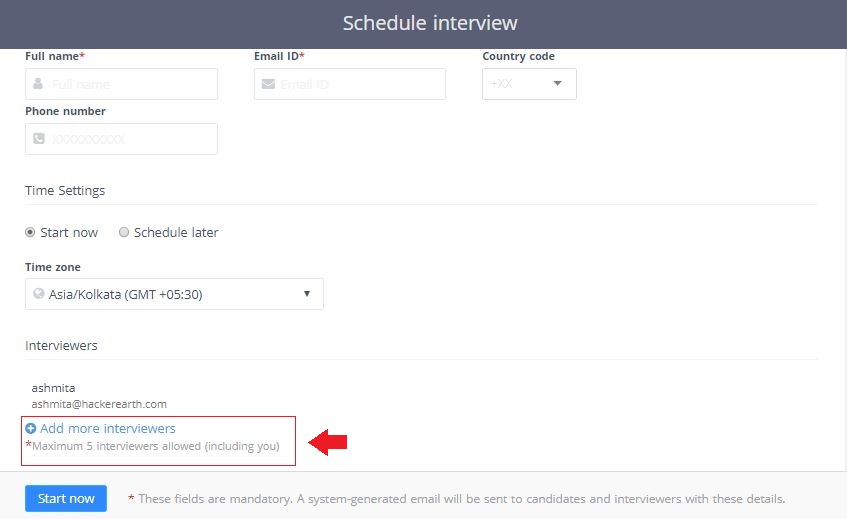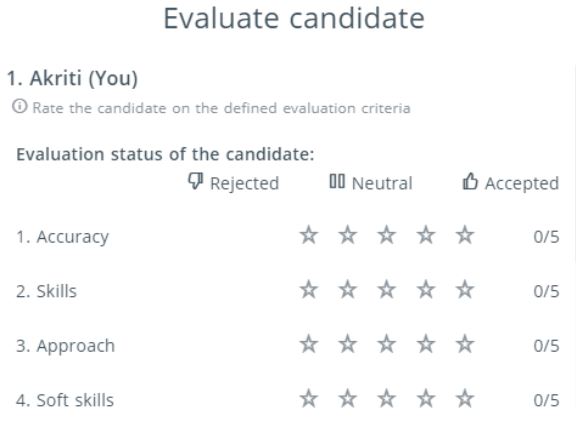We all know that hiring the right developeris a lot of hard work; you have to identify your requirements, find the right candidate, then integrate them into your team smoothly. Studies reveal that almost 24% percent of employers admit that they face considerable difficulties when searching for tech candidates. What’s worse, over 50% of businesses hire tech employees who don’t meet their top job requirements.
While this process isn’t a simple one, there is nothing like the energy that a talented and motivated employee can bring to your organization. The result is not only a tech project finished on time but an exciting new addition to your company that will make a lasting impact.
Read on to find out how intuitive tech managers attract and hire stellar developers.
1. Identify your requirements
Figure out the type of problems you are trying to solve, the challenges your candidate will face, and the outcomes you want to achieve. From there, let the nature of the work and the goals of the position determine the strengths, innate traits, and foundational knowledge that a candidate needs to possess. For example, if you are looking to hire the right software developer, the key skills to look for are mathematical aptitude, problem-solving, knowledge of programming languages such as Java and Python, accuracy and attention to detail, etc. While you may be an expert, it is always wise to bring more technical expertise and resources into recruiting. You can put your developer team in a room together and talk to them about how you can hire people like them. They can help you with the correct terminologies that are must-have and nice-to-have.
2. Get everyone on the same page
It is of utmost importance for the hiring manager, the development team, and the leadership team to be on the same page about who they are looking to hire, what will be the employee’s responsibilities, what primary technical skills are required, and how the person’s success in the role will be gauged. By having a clear understanding of expectations early on in the process, hiring managers can make sure candidates can perform the tasks efficiently which will be required as part of the role.
3.Know where to find developers
The goal in the sourcing stage is to attract as many talented developers as possible. Piquing interest is key and a simple and gender-fluid job description will definitely help you.
There are different resources that you can use to while hiring the right developers:
- Developer communities: Tech communities are full of potential hires waiting to be discovered. Communities from where you can source talent for free include GitHub, Stack Overflow, and Hacker News.
- Personal networking: Sometimes, things that we are looking for are right in front of us and we hardly notice them. Take for example your company’s Linkedin profile. You can find some great candidates just by looking at it closely. Also, make use of your personal and professional contacts and resources. Attend local meetups in your area for entrepreneurs in technology and you will find that there are many people who might just be looking for this kind of position.
- Social media: Did you know that 53% of young online adults aged 18–29 use Instagram actively? Social media is a powerhouse of talent if used the right way.
- Virtual job fairs: This is not exactly a cost-free way of sourcing talent but it is comparatively cheaper (average of $8,000 for one virtual event) than the conventional way of recruitment.
- Job boards: Authentic Jobs, Mashable Job Board, Smashing Magazine Jobs, and StackOverflow Careers 2.0 are our top picks.
Also read: 5 Tips to source tech talent without your local staffing agency’s help
Further Reading
How to Attract and Select the Best Developers

4. Start with a conversation and only then jump to take-home coding tests
Pre-employment or take-home coding tests are an absolute necessity for evaluating the skills of a developer. However, tossing them at a busy developer in the early stages will drive them away. Hence, before you give them a test of any sort, start with a face-to-face or telephonic discussion about prior work experience and technical projects that they have worked on. This allows both the employer and employee to assess the chemistry and fit, learn from each other, and decide if moving forward with a coding test or additional interviews makes sense.
5. Listen, learn, and collaborate during the interview
Each employer should be asking open-ended, thought-provoking questions to begin a dialogue with the interviewee. Some examples include:
- Tell me something about a project that you are working on: By asking this question, you should be able to get the developer talking in a comfort area. If candidates are strategic in their answers, they will pick an area that’s aligned to the role they are interviewing for. Look for a candidate’s ability to tell a story and whether they can explain why they are working on it. This question acts like an ice-breaker that can lead to several other questions and discussion areas that will help you understand who is sitting in front of you.
- Where are you in your job search?: In addition to being a good ice-breaker, asking this question will also give you an idea of how far the candidate is in the job exploration and research process. Ultimately, you’re looking to understand what motivates them in the workplace, so you can assess if there is a likely fit between your technology work and their work style and aspirations.
You can also discuss the work style and practices of the potential candidate. If your candidate is someone who works remotely, you should ask questions about how they’ve been successfully working in a remote environment and the challenges they faced while collaborating with centralized teams. It is important to remember that while some developers like to mentor, others need mentoring and some prefer working alone. These questions are designed to help you evaluate whether the candidate is the right fit, whether he/she will be able to enhance the working style of the team they may join, and what may be the areas of change.
6. Hire the most promising candidate
Yay! You have finally found a great developer you’d like to hire. However, before you roll the offer letter, go with a trial first. You could give them a small project that’s complicated enough to test their problem-solving and role-specific skills and simple enough to be finished in a short time without a considerable cost. Hire the developer only if the code is right, is delivered on time, and you are satisfied with the communication and way of working. Last but not least, define expectations straight from the beginning.
There you have it; our 6-step guide to hiring the right developer. Any tips you’d like to share from your personal experience in hiring a dev? We would love to entertain a conversation. Drop a short excerpt from your experience in the comments below.
Want to create accurate skill-based assessments and hire the best developers? We can help you. Write to us at support@hackerearth.com and we will get back to you shortly.




































